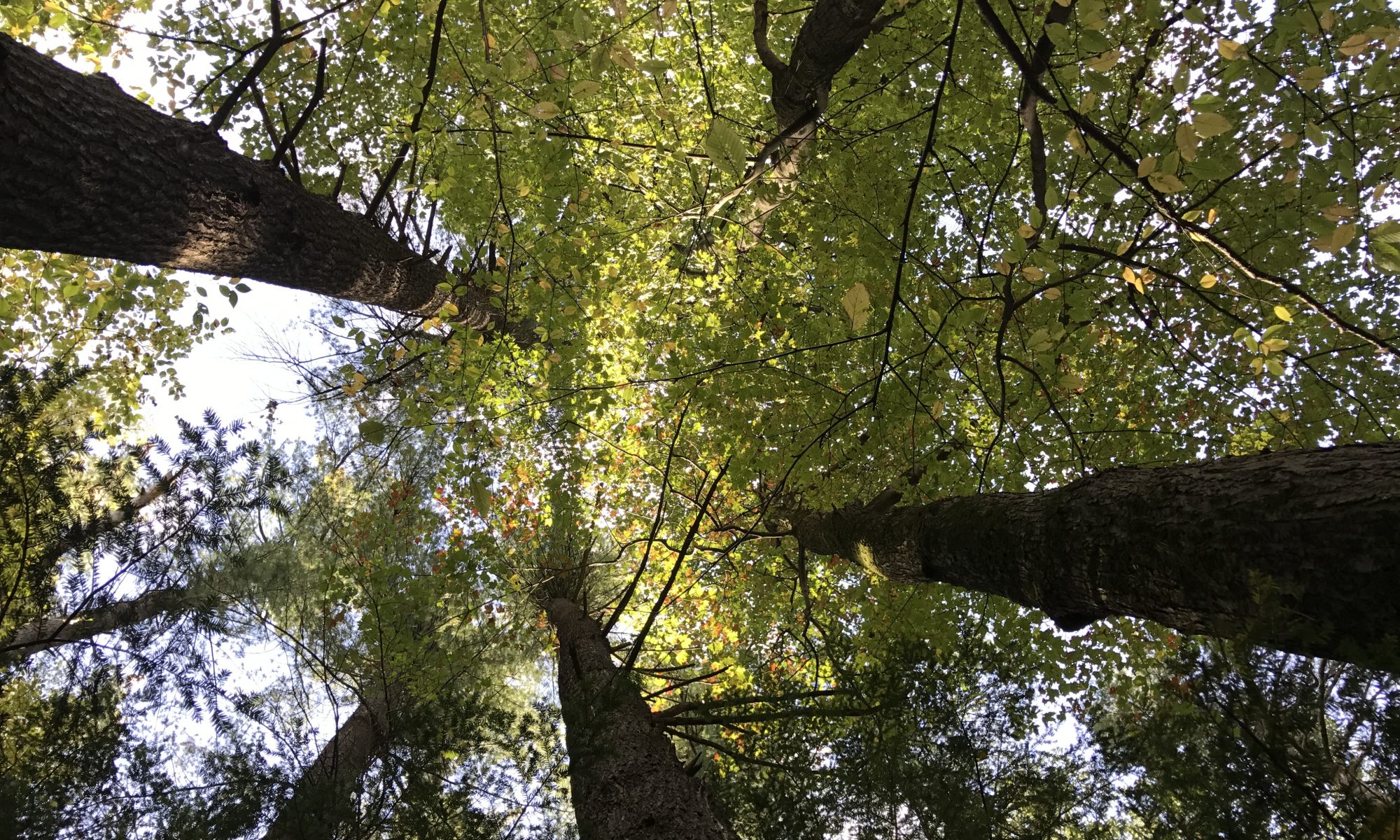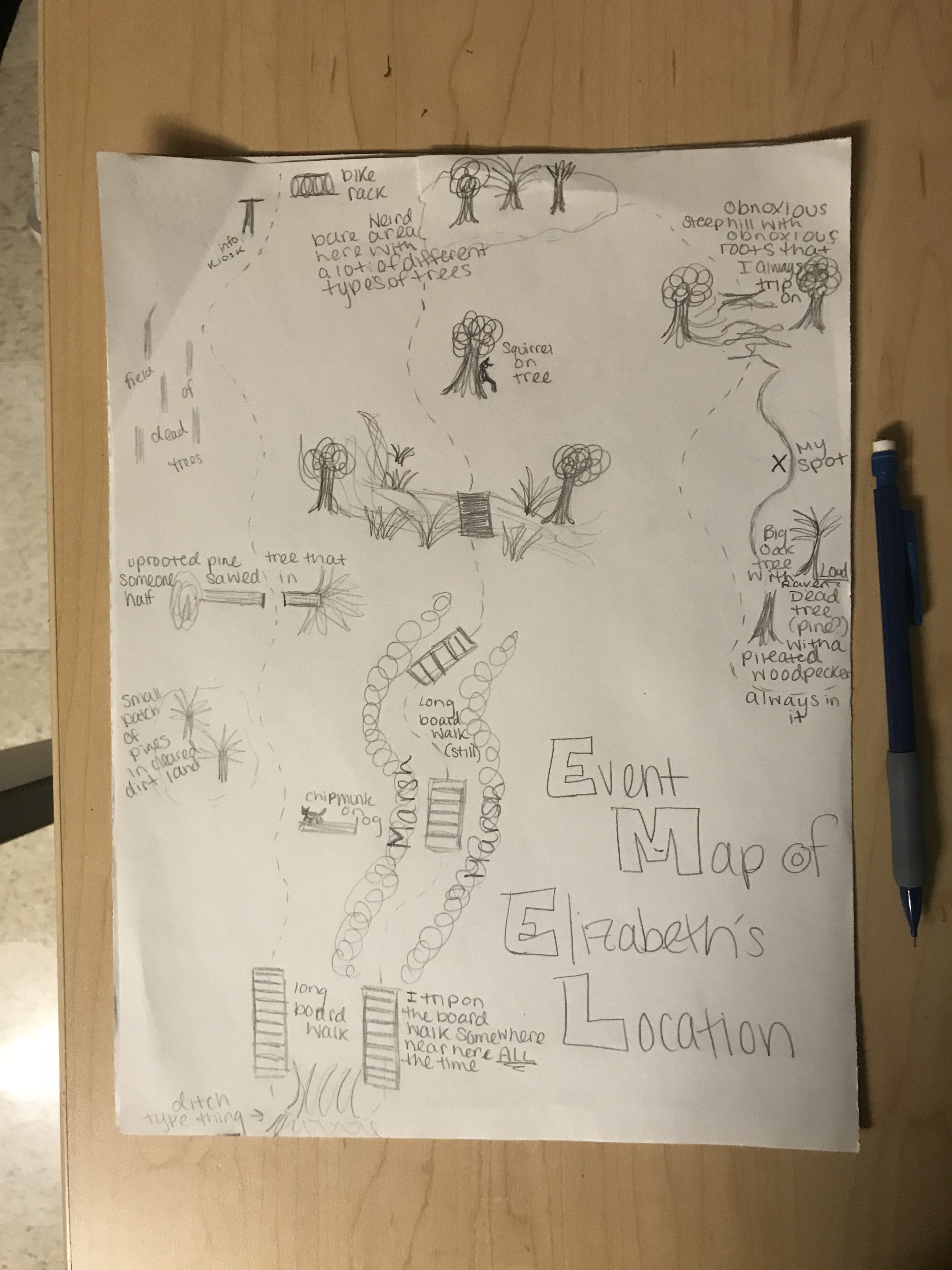My phenology site from back home is very interesting because it is now in a Wildlife Refuge, however, it used to be a part of Fort Devens during WWII as a training facility. Initially, this area (Assabet National River Wildlife Refuge) was settled by Native Americans that had established villages. The landscape offered great fishing opportunities and subsistence living. Land use in New England started to change with the onset of King Phillip’s War in 1675 and English colonization. The area was transformed into a farming community and agriculture become quite prosperous. One famed farmer included Henry Ford founder of the “Model T”. The remaining stonewalls that bisect the refuge are visual reminders of the farming history. In 1942, the United States Army purchased the property from landowners to establish the Fort Devens Sudbury Training Army bunker Jan Wright Annex. During the years of military ownership, the land became a storage area for ammunition and a training location for troops. Although the refuge is located in a largely-developed area, it has been protected by the Army since 1942. That protection has allowed the maturation of extensive, diverse wetland habitats whose ecological integrity is enhanced by its surrounding forests and grasslands. The refuge was established in 2000, when the Army transferred 2,230 acres to the Service. This transfer was made under the Defense Base Closure and Realignment Act of 1990, for its “particular value in carrying out the national migratory bird management program.” Remnants of the Training Annex remain, including: army bunkers, barbed wire, rusty fencing, some brick chimneys from houses, paved roads and telephone poles, among other things.
My location is on one of these main transport roads, not really anywhere near anything fancy including those remnants, but it is on a bridge over a man made concrete pond divider (or at least that’s what I think it is). My spot is surrounded by a pond on both sides, with a partially tree and bush-lined road dividing it. The trees on this road are mostly Eastern White Pines with maybe one or two White Oaks thrown in there. There are also a lot of dead trees in the pond which look like pines of some kind just based on their appearance. Since the land around this area was used as farmland and then replanted to provide tree coverage, a lot of the trees are Eastern White Pines, Red Oaks, White Oaks and occasionally you will see a maple (usually red or sugar). The only other outlier that I have seen a few of are Pitch Pines which are large and super fascinating and very pretty. There aren’t a lot of hardwood invasive species in Assabet that I know of, but when I do volunteer service there with a bunch of the staff and other volunteers, we take out a lot of bush non-native, invasive species (non-hardwoods) including Japanese Knotweed, Black Locust, Spotted Knapweed, and occasionally Bittersweet when they overgrow the area because the berries provide no nutritional value for the birds in the area. My area is home to many animals including beavers, woodpeckers, hawks, song-birds, herons (usually blue), muskrats, deer, bears, squirrels (red and grey), chipmunks, snakes, ducks, swans, turtles including the occasional extremely large snapback, owls and pretty much anything else you can imagine. I keep coming across new species of animals every time I enter the refuge which is half of the fun, discovering new animals you didn’t know resided in the area. My location in the Assabet National River Wildlife Refuge is just a very small part of the overall ecosystem of this area and I am very lucky to be able to live so close to this refuge. To see photos of my location and other places within this refuge, you can visit the photos section of my website! You can also click on the link below to see where this refuge is actually located within the world!

